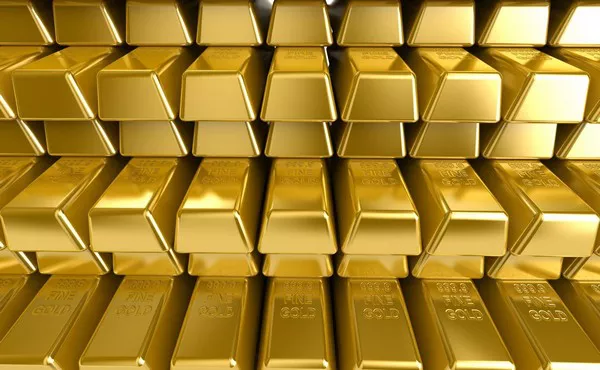Gold has always been a highly valued commodity, revered for its beauty, rarity, and durability. Throughout history, gold has been used as currency, as a symbol of power and wealth, and as a material for creating ornate objects. In this article, we will examine the price of gold in the year 2000, a time of significant economic and political change, and explore the various factors that influenced its value.
The year 2000 was a time of great change and uncertainty, with significant political events taking place around the world. Against this backdrop, the price of gold fluctuated throughout the year, influenced by a range of factors. In this article, we will examine the price of gold in 2000 and explore the various factors that affected it.
Price at the Start of the Year
At the beginning of the year 2000, the price of gold was relatively low, at around $280 per ounce. This was significantly lower than the all-time high of over $800 per ounce reached in 1980. However, the price of gold remained stable in the first half of the year, fluctuating between $270 and $290 per ounce.
Factors That Influenced the Price of Gold in 2000
Several factors influenced the price of gold in 2000, including a weakening US dollar, growing demand for gold in India and China, concerns about the Y2K bug, and other events such as the US presidential election and the dot-com bubble.
- Weakening US Dollar
The US dollar had been experiencing a decline in value for some time, making it more challenging for investors to maintain their purchasing power. As a result, many investors sought out alternative investment options, such as gold, which is seen as a safe-haven asset that can hold its value during times of economic uncertainty. This increased demand for gold led to a rise in its price throughout the year.
- Growing Demand for Gold in India and China
Another factor that influenced the price of gold in 2000 was the growing demand for gold in India and China. In India, gold has always been an integral part of cultural and religious traditions, and it is considered a symbol of wealth and prosperity. Similarly, in China, gold has been used for centuries as a store of value and a symbol of status.
In 2000, both countries experienced significant economic growth and rising disposable incomes, which led to an increased demand for gold jewelry and other gold items. This surge in demand put upward pressure on the price of gold, as more people were willing to pay higher prices for the precious metal.
- Concerns About the Y2K Bug
In the lead-up to the year 2000, there were concerns about the so-called “Y2K bug,” which was the potential for computer systems to malfunction due to the change in the date from 1999 to 2000. Many people feared that this could lead to widespread disruption and chaos, and some investors turned to gold as a safe-haven asset in case of such an event.
Although the Y2K bug did not cause as much damage as some had feared, the anxiety leading up to the turn of the millennium led to increased demand for gold as a safe-haven asset, which contributed to the rising price of gold in 2000.
- US Presidential Election
The US presidential election of 2000 was one of the closest and most controversial in US history, with the outcome of the election being disputed for several weeks after the vote. This uncertainty and political instability led some investors to seek refuge in gold, which is often seen as a safe-haven asset in times of political turmoil.
As the election drew to a close, the price of gold began to rise, reaching a peak of around $330 per ounce in November 2000. Although the outcome of the election ultimately had little long-term impact on the price of gold, the uncertainty leading up to it was a contributing factor.
- Dot-Com Bubble
The dot-com bubble was a period of rapid growth and investment in internet-based companies, which ultimately led to a market crash in the early 2000s. This event had a significant impact on the stock market, as many investors lost large sums of money.
As a result, many investors turned to gold as a safe-haven asset, leading to increased demand and a rise in the price of gold. This trend continued throughout the early 2000s, as the stock market struggled to recover from the dot-com crash.
Conclusion
In conclusion, the price of gold in 2000 was influenced by a variety of factors, including a weakening US dollar, growing demand in India and China, concerns about the Y2K bug, the US presidential election, and the dot-com bubble. These events all contributed to an increase in demand for gold, which put upward pressure on its price.
Despite the various factors at play, the price of gold remained relatively stable in the first half of 2000 before rising towards the end of the year. While the specific factors that influenced the price of gold in 2000 may not be as relevant today, the precious metal remains an important asset for investors and a symbol of wealth and prosperity.


